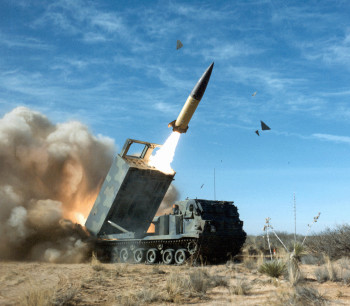Western, Ukrainian, and Russian sources continue to indicate that Russia is preparing for an imminent offensive, the Institute for the Study of War said in its latest update on Jan. 30.
According to the D.C.-based think tank, these sources support the ISW's assessment that a Russian offensive in the upcoming months is "the most likely course of action."
The update cited NATO Secretary Jens Stoltenberg, who stated on Jan. 30 that there are no indications that Russia is preparing to negotiate for peace and that all indicators point to the opposite.
Stoltenberg also said that Russia "may mobilize upwards of 200,000 personnel and is continuing to acquire weapons and ammunition through increased domestic production and partnerships with authoritarian states such as Iran and North Korea."
Head of the Council of Reservists of the Ukrainian Ground Forces, Ivan Tymochko, said that Russia is strengthening its forces in Ukraine's eastern Donbas region as part of an anticipated offensive meant to score points amid domestic pressure in Russia for a victory in Ukraine after a serious of failures on the battlefield.
The ISW also said that Russian military bloggers shared a statement by a Russian Telegram channel that "the current pace and nature of Russian operations indicate that the main forces of the anticipated offensive and promised breakthrough have not yet “entered the battle.”
Russia is concentrating its “main efforts” in the eastern Donbas, where it is still waging the “fiercest battles,” Yevhen Yerin, a spokesman of the Southern Operational Command of Ukrainian forces, said on Jan. 30
The Russian Defense Ministry said in its Jan. 30 briefing that its forces were conducting offensives around the town of Vulhledar in the central-western part of Donetsk Oblast.
Meanwhile, Russia deployed more troops and military equipment to its Kursk Oblast, which borders Ukraine, Kursk Oblast Governor Roman Starovoit said on Jan. 30, Russian state-controlled Interfax news agency reported.











